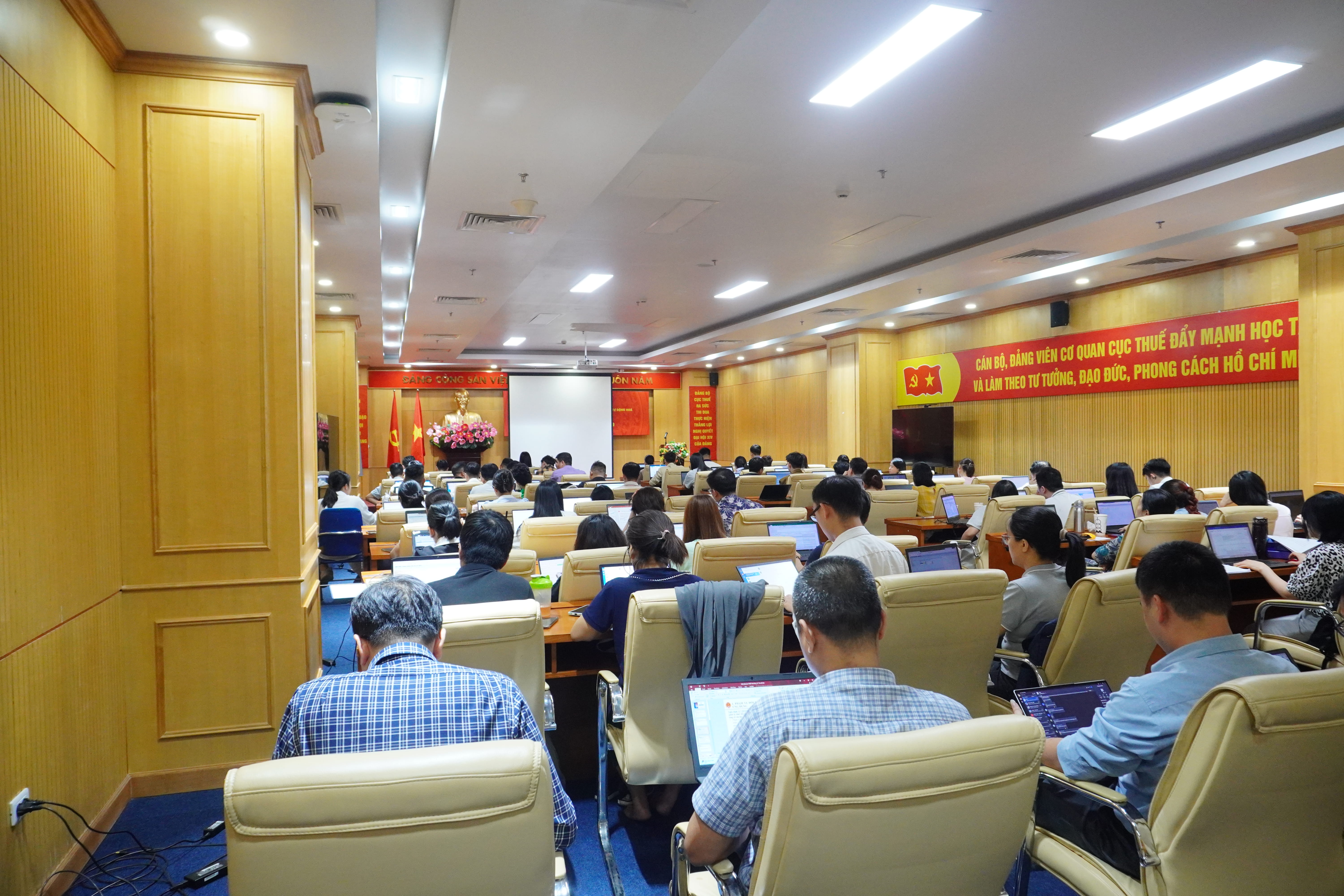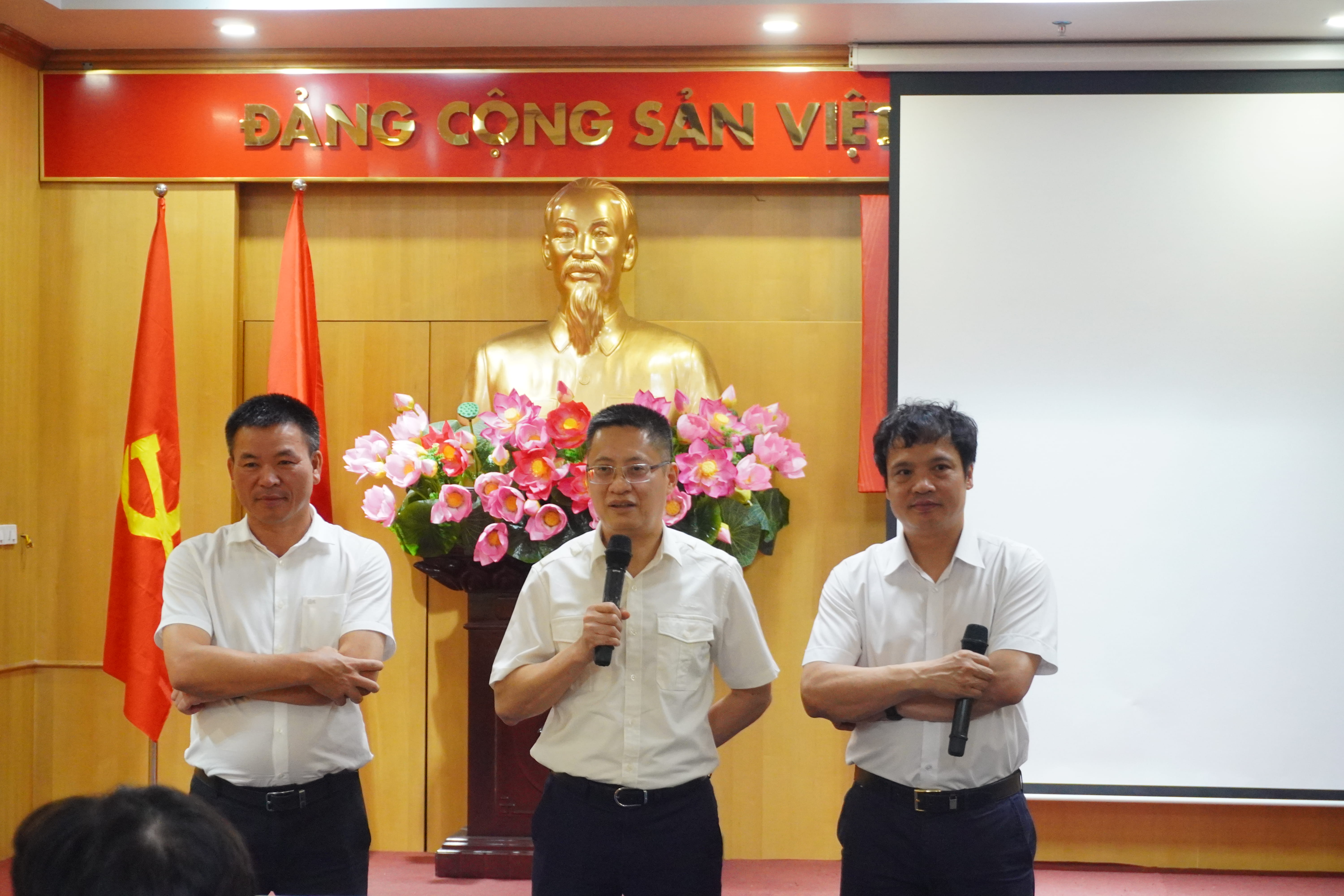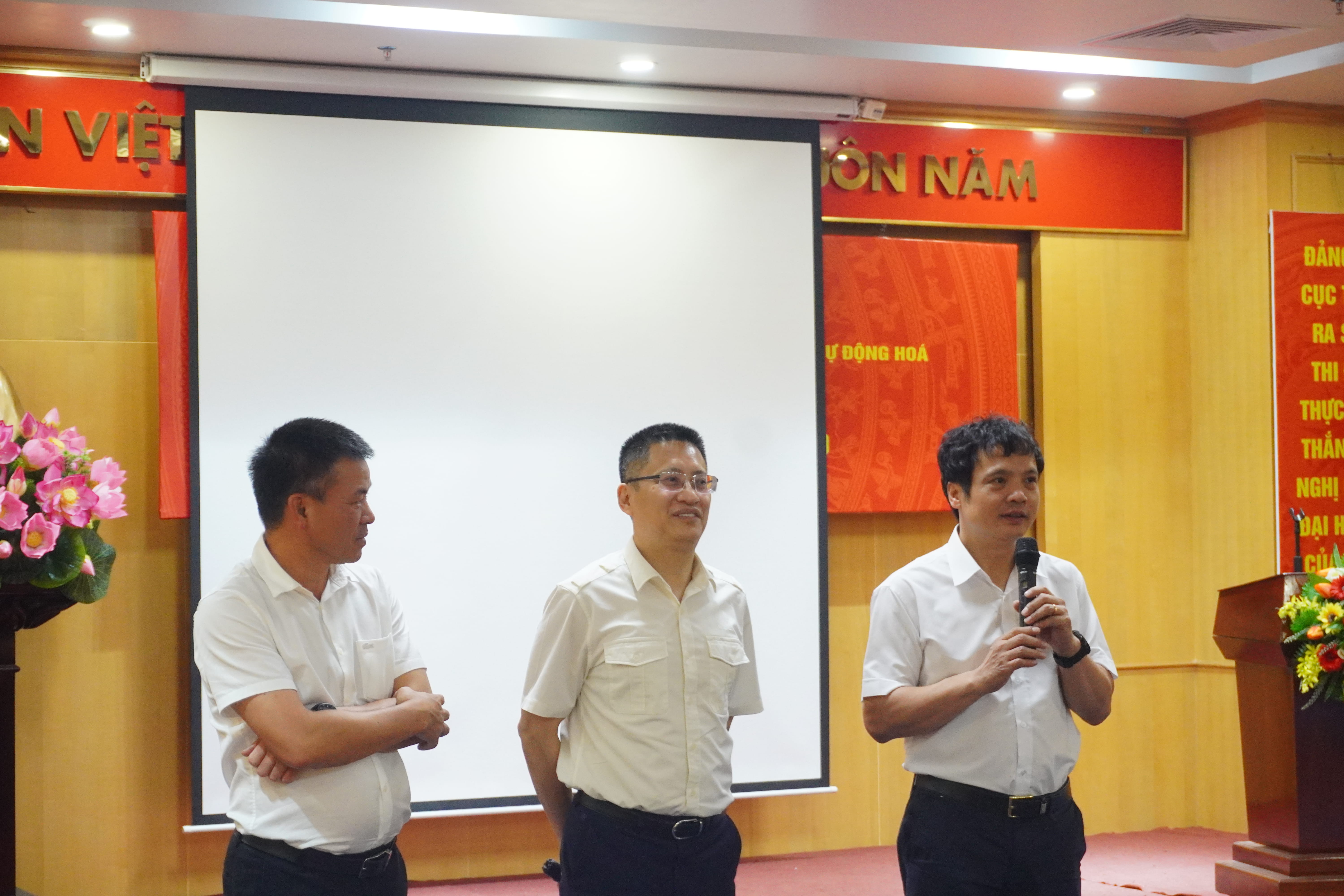FPT Corporation Partners with Tax Department to Implement Two Nationwide Reforms from 1 July: Seamless, Decisive and Coordinated
•
03/07/2025
From 1 July 2025, the Tax sector will operate the organizational model of two-tier local government (province – commune) and adopt the personal identification number instead of the tax code. These are two major pillars of reform in the process of building an e-Government and a national digital finance system. As the key technology partner, FPT Corporation, having worked alongside the Tax Department for 26 years, cooperated with the Technology, Digital Transformation and Automation Division – General Department of Taxation (GDT) to complete the data migration and key IT systems in a compressed timeframe, ensuring uninterrupted operations from day one.
Accordingly, the adoption of the personal identification number in place of the tax code is not simply a technical change but a breakthrough in administrative reform and modern tax management. Tax data is now directly connected with population databases, helping to minimise fraud, simplify procedures, and create a foundation for a transparent, effective public finance system.
In addition, the GDT reorganised 20 Regional Tax Bureaux into 34 provincial/municipal Tax Departments; and 350 District Tax Teams were reorganised into 350 Local Tax Units under the 34 provincial/municipal Tax Departments to manage down to the commune level. The new model represents a comprehensive restructuring of the organisational apparatus, adjustment of IT applications and, in particular, a change in tax management authority following changes at the ward and commune levels. The GDT will unify direction and command over tax and budget management across localities, contributing to administrative reform and more effective procedures.

FPT Corporation cooperates with the Technology, Digital Transformation and Automation Division – GDT to complete data migration and key IT systems.
To implement these tasks, FPT worked alongside the Technology, Digital Transformation and Automation Division – GDT to upgrade a range of key IT systems including: the Tax Management System (TMS), Enterprise Registration (ER), Datahub for integration and sharing, taxpayer analysis and risk assessment (TPR), … Meanwhile, FPT supported tax authorities at all levels in data review, system usage, and IT infrastructure. The transformation campaign was carried out by FPT’s team with the GDT from early June, working urgently day and night, every minute, to ensure seamless, uninterrupted service for citizens and businesses.

Mr. Phạm Quang Toàn – Head of Technology, Digital Transformation and Automation Division – GDT, commends FPT’s project team for their spirit and capability.
Mr Phạm Quang Toàn – Head of the Technology, Digital Transformation and Automation Division – GDT said: “I appreciate the efforts of FPT in accompanying the GDT in implementing IT systems consistent with the two-tier local government model and adopting the personal identification number instead of the tax code. These are new policies with a vast workload and significant pressure, but their successful operation brings real benefits for citizens. In reality, every dong invested in tax IT can yield hundreds or thousands of times its value for the country. And FPT is one of the trusted partners who have accompanied the GDT in creating those positive values.” He also affirmed that the GDT highly values FPT’s professional organisational methods and the expertise of its specialists, not only for this project but also for many other key systems of the tax sector over more than two decades.
The upgraded IT system now supports all tax operations in line with the two-tier local government model, replacing the old three-tier model (province – district – commune). With this change, tax authorities will operate more closely with local governments, while reducing overlaps in management, thereby improving service provision for citizens and businesses.

Mr Nguyễn Văn Khoa – CEO of FPT Corporation affirms that FPT always stands ready to accompany the nation in its digital transformation.
Mr Nguyễn Văn Khoa – CEO of FPT Corporation – stated: “The project implementing the two-tier local government model and adopting the personal identification number in place of the tax code is a major milestone in modernising the tax sector and enhancing national governance capacity. FPT Corporation is proud to continue its journey with the GDT in this extraordinary transformation – as the next important step in more than 26 years of close cooperation between the two sides. This is not only a technological task but a national mission we have always pledged to serve: contributing to digital transformation, building a modern public administration and finance system that serves citizens and enterprises progressively better.”
Since 1999, FPT has repeatedly been entrusted with developing key information technology systems for the GDT (formerly the General Tax Department) – from the central tax management platform, enterprise registration, data linkage, to advanced analysis and risk assessment systems. Through each phase of reform, FPT has been the technology partner accompanying the tax sector in renewing management models, simplifying procedures and improving service effectiveness.
The simultaneous deployment of the two-tier local government model and the personal identification number marks a crucial turning point in tax sector modernisation. This is not merely a technical or organisational change, but a comprehensive mindset shift in governance – moving toward a streamlined, effective, data-driven tax system that places citizens and enterprises at its centre. The milestone also contributes to realising the goal of building a modern public administration, a national digital finance system and a transparent, coordinated governance framework nationwide.




